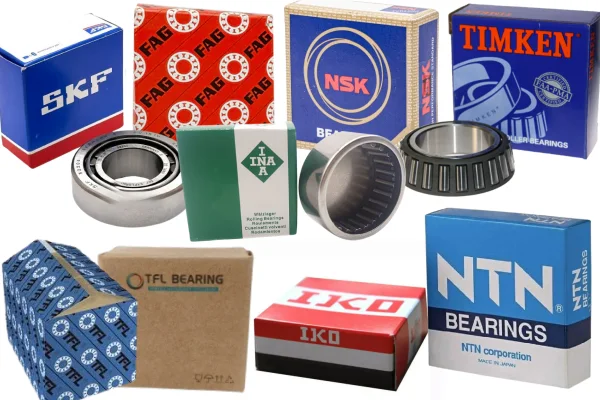
8 Reliable Roller Bearing Suppliers for Your Next Project
Compare 8 reliable roller bearing suppliers for quality, support, and fast delivery. Find trusted options for your next industrial or engineering project.

Compare 8 reliable roller bearing suppliers for quality, support, and fast delivery. Find trusted options for your next industrial or engineering project.
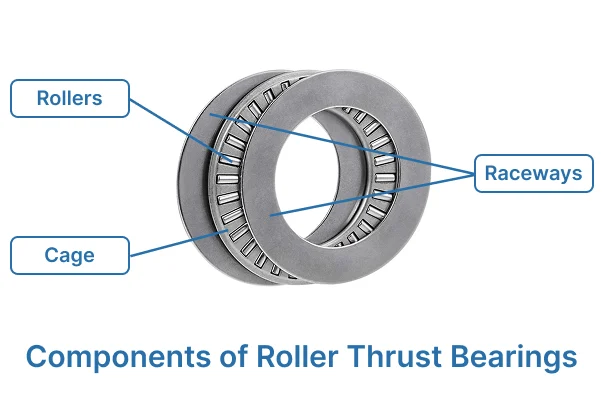
A roller thrust bearing supports heavy axial loads, reduces friction, and boosts machine life. Learn types, uses, and key tips for selection and care.
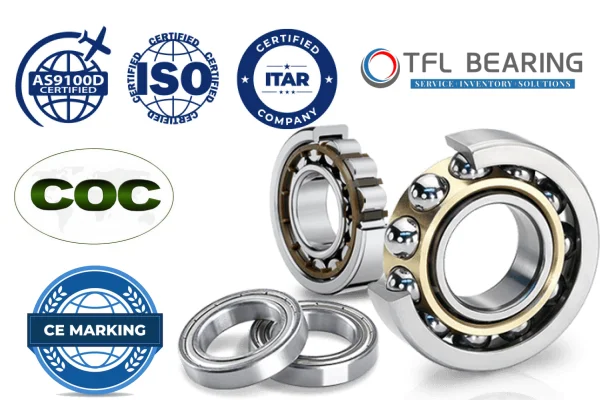
Quality Certifications like ISO 9001, IATF 16949, and CE Marking ensure your bearings meet top safety, reliability, and compliance standards.
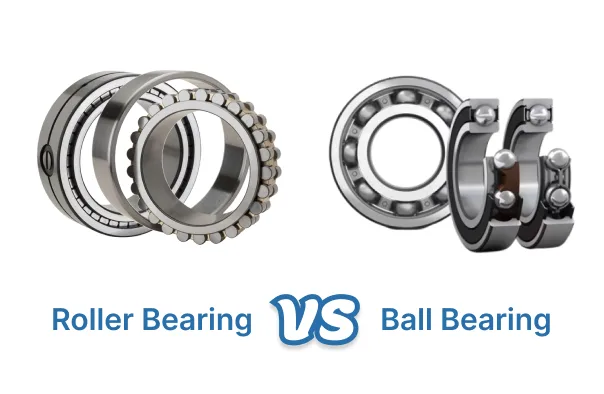
Compare roller bearing vs ball bearing to see which suits heavy loads or high speeds. Find key differences and best uses for your machinery needs.
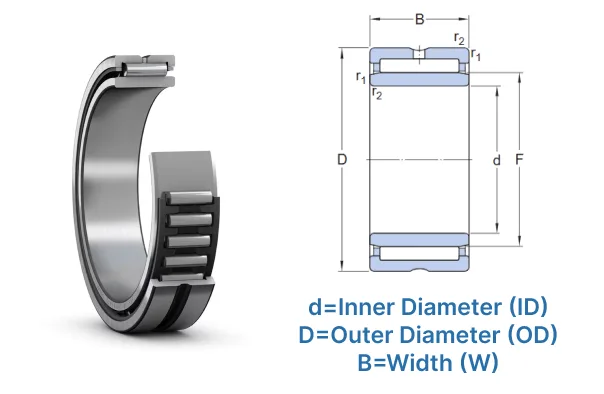
Match needle roller bearing sizes to your shaft and housing by measuring ID, OD, and width, then use a size chart for the best fit and performance.
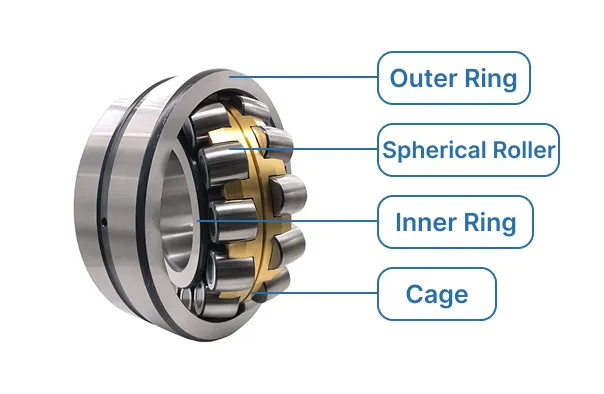
A spherical roller bearing uses barrel-shaped rollers to support heavy loads and self-align, reducing friction and handling shaft misalignment efficiently.
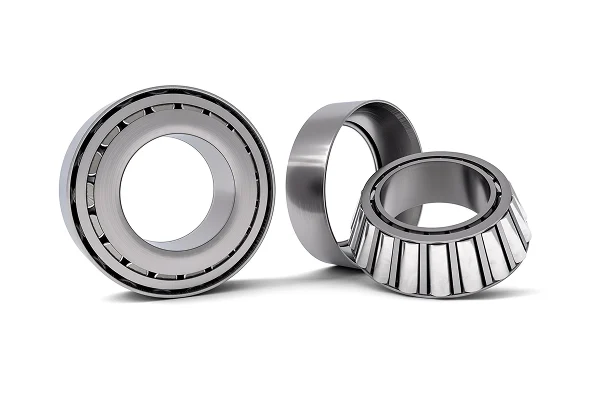
Tapered roller bearing design supports both radial and axial loads, making it ideal for automotive, industrial, and heavy machinery applications.

Cylindrical roller bearing structure supports heavy radial loads, offers high speed, and ensures durability for industrial, automotive, and machinery uses.